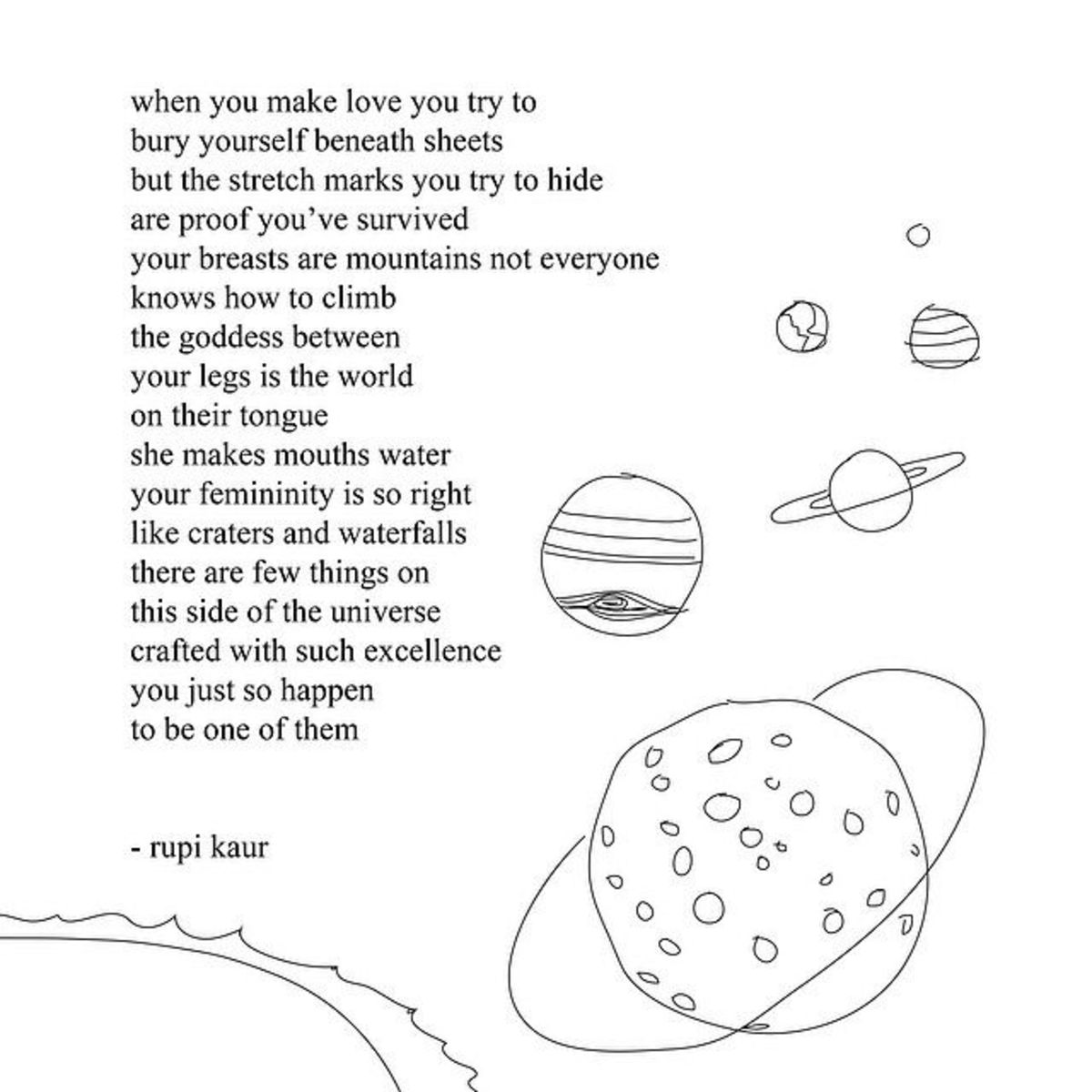

It is a smart twist for “Little Women” loyalists as much as an inventive way-in for first-timers.Īnd the essence of the March Sisters Jo, Meg, Amy and Beth is still very much in tact, with the siblings’ hearts and souls preserved in the right place. Her structure of well-paced flashbacks, laced with emotional peaks and soothing cadences, is first a surprising puzzle and then a source of awe, but never disrespectful to Alcott’s intentions.

In doing that, Gerwig taps into a radical proposition-she unearths a reflective sense of memory and nostalgia within the conversation she fosters between the film’s two timelines. Here (and there will be spoilers ahead), the filmmaker generously pours her signature buoyancy into a novel she clearly knows inside and out, infusing the yarn with the lived-in intimacy of “Lady Bird” and the womanly resilience and camaraderie that defines much of “ Frances Ha.” Moreover, she successfully turns the authority she has over the book into gold, orchestrating the tale’s segments both melodically and in a non-linear fashion. But it also shouldn’t come as a surprise, should it? In truth, Gerwig has always possessed a distinct auteurial stamp in her artistic expression a disarming uniqueness she shined through in mumblecores and Noah Baumbach collaborations alike, that predates even her semi-autobiographical directorial debut.

Considering the text’s countless iterations as TV series, stage productions and feature films-including a pair of silent-era editions, 1933’s magnificent Katherine Hepburn-starrer by George Cukor and Gillian Armstrong’s excellent 1994 version (Gerwig’s film is easily on par with those latter gold-standard two)- that noticeable freshness of this new “Little Women” is no small feat.


 0 kommentar(er)
0 kommentar(er)
